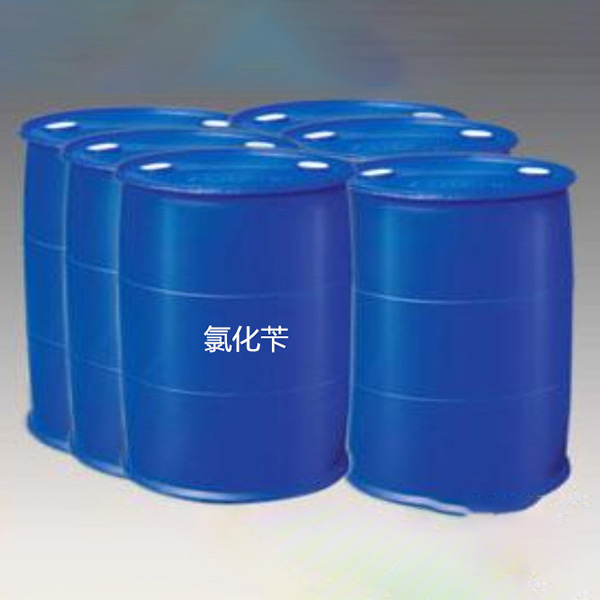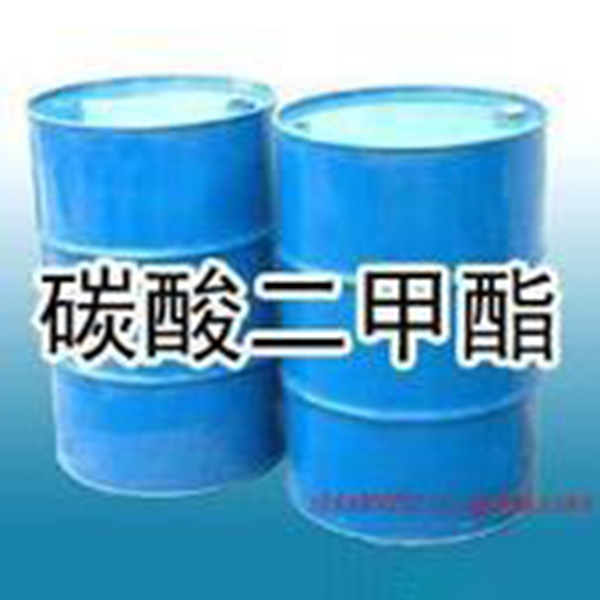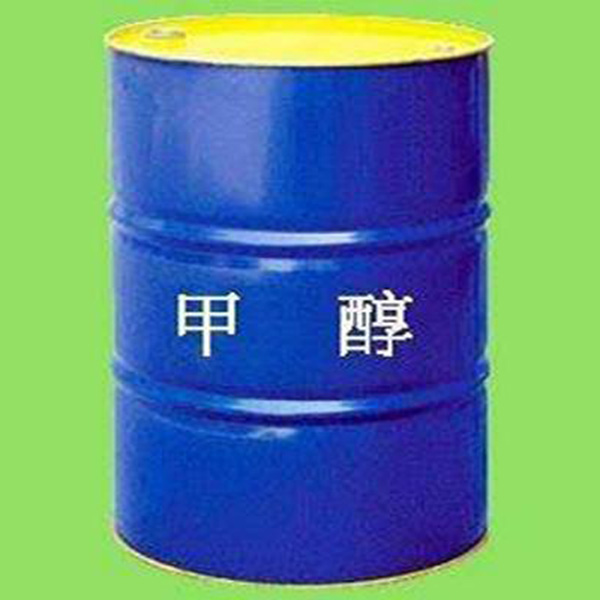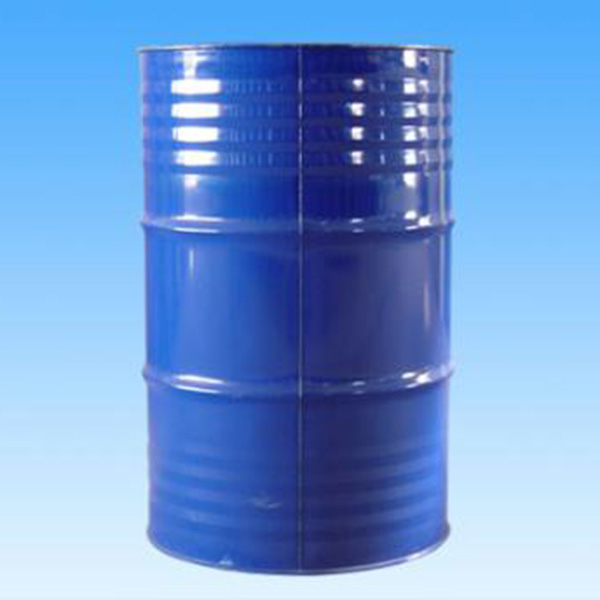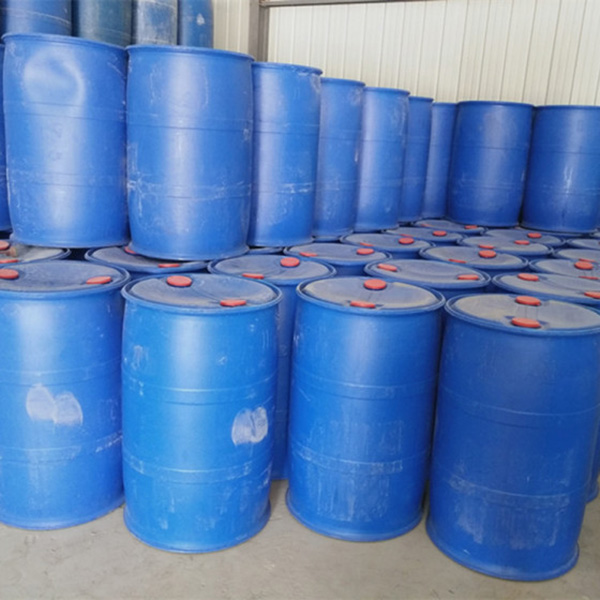Factory Outlets Acetic Anhydride Leaving Group - Nitric acid – Debon
Factory Outlets Acetic Anhydride Leaving Group - Nitric acid – Debon Detail:
Physicochemical properties and hazardous properties of nitric acid
|
logo |
Chinese name:Nitric acid | Dangerous Goods Code: 81002 | |||||||||
| English name :Nitric acid | UN number: 2031 | ||||||||||
| Molecular formula: HNO3 | Molecular weight:63.01 | CAS number:7697-37-2 | |||||||||
|
Physical and chemical properties |
Appearance and traits |
The pure product is a colorless transparent fuming liquid with a sour taste. | |||||||||
|
Melting point (°C) |
-42 |
Relative density (water = 1) |
1.5 |
Relative density (air = 1)) |
2.17 |
||||||
|
Boiling point (°C) |
86 |
Saturated vapor pressure (kPa) |
4.4/20℃ |
||||||||
|
Solubility |
Miscible with water. | ||||||||||
|
Toxicity and health hazards |
Route of invasion |
Inhalation, ingestion, percutaneous absorption | |||||||||
|
toxicity |
LD50: LC50: | ||||||||||
|
Health hazard |
Its vapor has a stimulating effect, causing irritation of the mucous membranes and upper respiratory tract. Such as tears, throat irritation, cough, accompanied by headache, dizziness, chest tightness and so on. Prolonged contact can cause tooth decay and skin contact can cause burns. Oral nitric acid causes severe pain in the upper digestive tract, burns and ulcers; in severe cases, there may be gastric perforation, peritonitis, throat, kidney damage, shock and even suffocation. | ||||||||||
|
First aid method |
Skin contact: Rinse immediately with water for at least 15 minutes. Or rinse with 2% sodium bicarbonate solution. Get medical attention if you have a burn. Eye contact: Immediately lift eyelids and rinse with running water or saline for at least 15 minutes. Seek medical attention. Inhalation: Remove quickly from the scene to fresh air. Give oxygen when breathing is difficult. A 2-4% sodium bicarbonate solution was administered for nebulization. Seek medical attention. Ingestion: Ingestion of milk, egg white, vegetable oil, etc., can not induce vomiting. Seek medical attention immediately. | ||||||||||
|
Burning explosion hazard |
Flammability |
Not burning |
Combustion decomposition product |
Nitric oxide |
|||||||
|
Flash point (°C) |
/ |
Upper explosion limit (v%) |
/ |
||||||||
|
Ignition temperature (°C) |
/ |
Lower explosion limit (v%) |
/ |
||||||||
|
Dangerous characteristics |
Strong oxidants. It can react violently with various substances such as metal powder, calcium carbide, hydrogen sulfide, turpentine, etc., and even explode. Contact with reducing agents, combustibles such as sugar, cellulose, wood chips, cotton, straw or waste yarn ends, causing burning and emitting highly toxic brown smoke. It is highly corrosive. | ||||||||||
|
Construction fire risk classification |
b |
stability |
stability |
polymerization hazard |
not polymerization |
||||||
|
Incompatibility |
Reducing agents, alkalis, alcohols, alkali metals, copper, amines. | ||||||||||
|
Storage and transportation conditions |
Storage and transportation conditions: Store in a cool, dry, ventilated place. It should be stored separately from flammable, combustible materials, alkalis, metal powders, etc. Can not be mixed and mixed. Lightly load and unload during handling to prevent damage to packaging and containers. Pay attention to personal protection for dispensing and handling operations. Transport according to the prescribed route, do not stay in residential areas and densely populated areas. Leakage treatment: Rapid evacuation of personnel from the contaminated area to the safe area, isolation and strict restrictions on access. It is recommended that emergency personnel wear self-contained positive pressure breathing apparatus and wear acid and alkali protective overalls. Enter the scene from the upper wind. Cut off the source of the leak as much as possible. Prevent entry into restricted spaces such as sewers and flood drains. Do not touch the spill directly. Do not allow the spill to come into contact with combustible materials (wood, paper, oil, etc.) and prevent leaks while ensuring safety. Water spray can reduce evaporation but do not allow water to enter the storage container. Small amount of leakage: Sprinkle the ground with soda ash, then rinse with plenty of water, dilute the washing water and put it into the wastewater system. A large number of leaks: building a dike or digging a pit. Spray water cools and dilutes the steam, protects the site personnel, and dilutes the spill into incombustibles. Transfer to a tank truck or special collector with a pump, recycle or transport to a waste disposal site for disposal. | ||||||||||
|
And leak handling |
Extinguish with carbon dioxide, sand, misty water, and extinguishing media available around the fire. | ||||||||||
Product detail pictures:
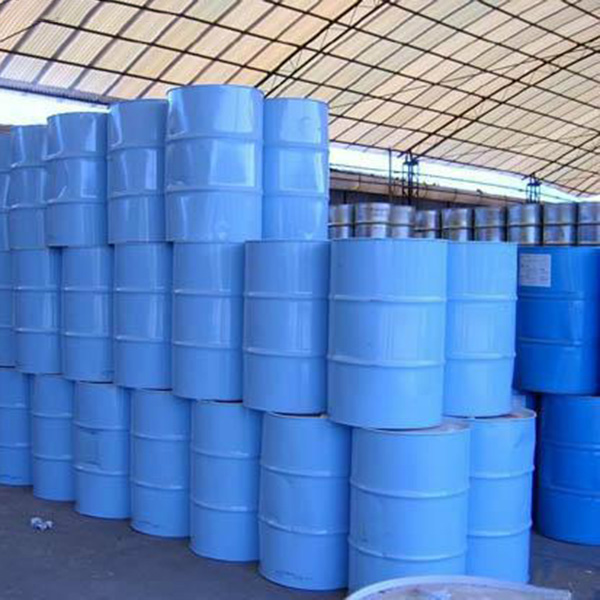
Related Product Guide:
We'll make every effort and hard work being outstanding and excellent, and speed up our techniques for standing during the rank of global top-grade and high-tech enterprises for Factory Outlets Acetic Anhydride Leaving Group - Nitric acid – Debon , The product will supply to all over the world, such as: Belgium , Germany , USA , As a way to use the resource on the expanding info in international trade, we welcome prospects from everywhere on the web and offline. In spite on the high quality items we offer, effective and satisfying consultation service is supplied by our qualified after-sale service group. Item lists and detailed parameters and any other info weil be sent to you timely for the inquiries. So please make contact with us by sending us emails or call us when you've got any questions about our organization. ou could also get our address information from our site and come to our enterprise. We get a field survey of our merchandise. We are confident that we'll share mutual accomplishment and create solid co-operation relations with our companions within this market place. We're seeking forward for your inquiries.
The goods we received and the sample sales staff display to us have the same quality, it is really a creditable manufacturer.
Write your message here and send it to us

